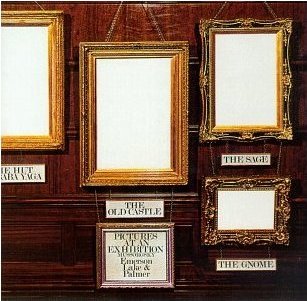
| Artist: | Emerson, Lake & Palmer |
| Title: | Pictures at an exhibition |
| Released: | 1972 |
| Label: | Atlantic Records |
| Time: | 38:12 |
| Producer(s): | Greg Lake |
| Appears with: | |
| Category: | Pop/Rock |
| Rating: | *******... (7/10) |
| Media type: | CD |
| Purchase date: | 1998 |
| Price in €: | 5,99 |
| Web address: | www.emersonlakepalmer.com |